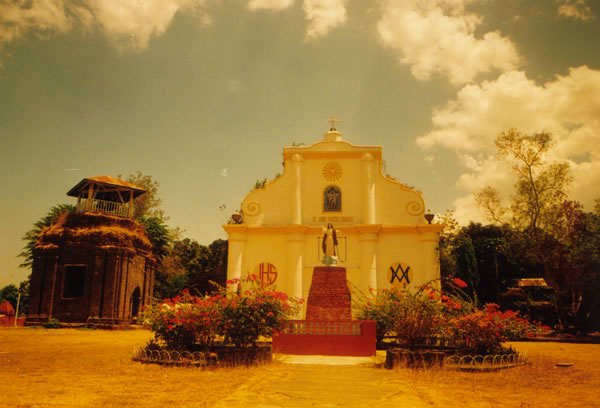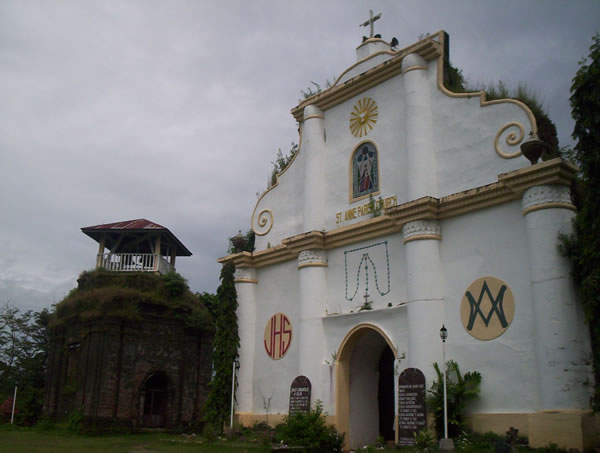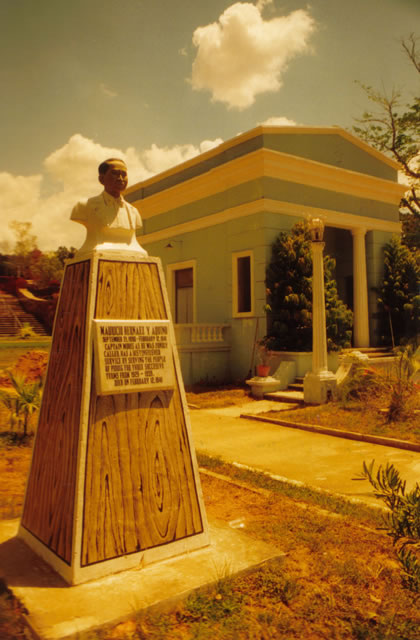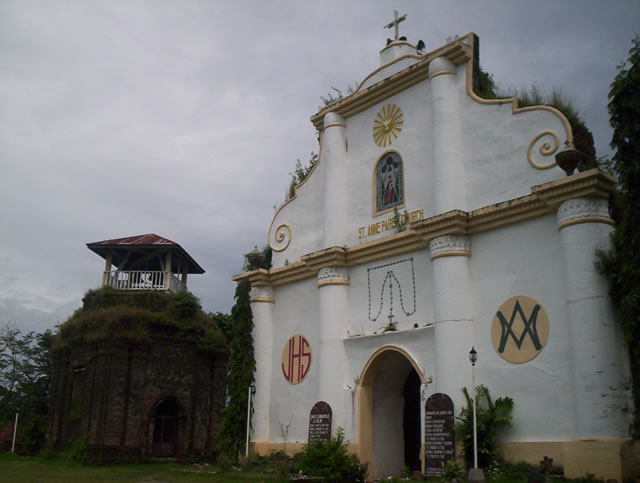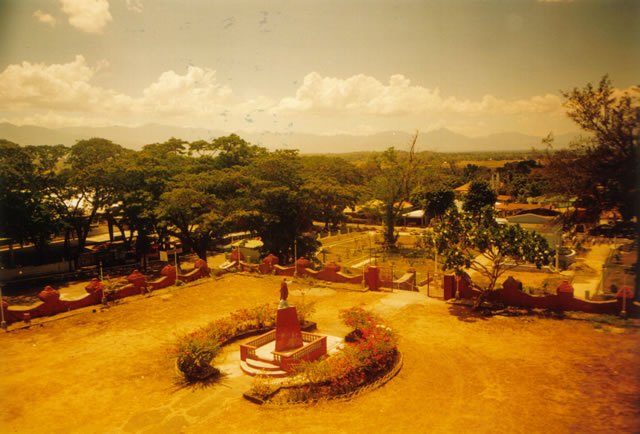Piddig
December 9, 2008
The town of Piddig is located on rolling hills and small valleys between the Guisit and Baramban rivers. Piddig is known for its basi (homemade wine). The sugarcane for this popular wine is grown on the farms which are situated along the town’s rolling terrain. Visitors looking for a swig of this delicious wine need only look for earthen jars lined up under protective sheds in their backyards. The friendly locals are easily persuaded to sell some of their homemade wine.
Year established: 1770
No. of Barangays: 23
Market days: Wednesday and Sunday
Fiesta: May 13 to 15
Population: 20.034
Suggested Itinerary
- The church and its plaza, standing on top of a hill and reached by a grand central stairway, dominate the town center. The courtyard, bordered by a stone and brick fence, rises above two lower squares which flank it.
- It appears that most of the church is constructed of rubblework (irregular stones bound together with mortar) with some sections of brick.
- Very little is known about the construction of the church buildings, and whether these were affected by the Basi Revolt and the Sarrat uprising, no one knows.
- A wooden church and convento were burned in 1870. These may have been provisional buildings in earlier but dilapidated stone structures. The brick sections of the church referred to earlier – buttresses (including a pair of step buttresses), upper portions of the walls, a baptistry, and the nave walls behind the façade – as well as the bricks bell tower and convento – may have been added after the fire.
- The church compound has witnessed quite a bit of history and then some. The Base Rebels, whose leaders were from Piddig, passed through this place. Allies of the Sarrat uprising spent a fruitless day exhorting the people to join their cause. Local patriots repulsed American troops from the buildings during the Filipino-American war.
- On March 19, 1931, an earthquake toppled the upper level of the belltower. American soldiers encamped here during World War II, and the Japanese retaliated by raiding and burning the town, destroying all historic records.
- The façade traces the outline and volutes of the facades at Dingras and Sarrat, although on a simpler level. A great degree of the original palitada (lime plaster) covering has remained on the walls, better seen on the sides of the church and at the rear; close observation revels that brick bits were mixed in with the lime.
- Inside the church are five retablos (altarpieces) of brick and lime, all in the neo-classic mode of the late 19th century. The central retablo houses the image of the patroness, St. Anne, supporting Mary on her well in the vicinity, a smaller version of the one in Bacarra.
Famous People
- Claro Caluya
Foremost vernacular poet and dramatist in Ilocos Norte. Born 22 June 1868. Son of Rafael Caluya and Norberta Pasion. Studied in his hometown later went to a highs school in Laoag, 1892; became a Cabesa de Barangay, 1890 and Capitan Municipal, 1893-1896; joined the revolutionary forces, 1896-1897; distinguished himself in the Filipino-American war; served as municipal president of his town, 1903-1906. Under his administration the first public market was built and several primary schools were opened. Founded Civic and Cultural Organizations. Wrote many plays and poems in ilocano including a translation of Rizal’s Ultimo Adios, which is considered the most Ilocano version of the poem. Married Sabina Aquino. Died 14 December 1914.
Images of Piddig


